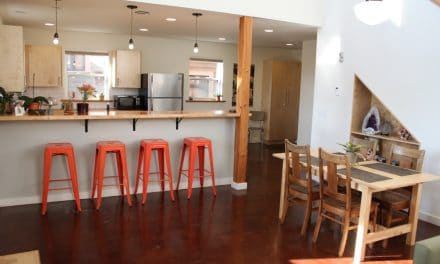Though hydro is king, wind and solar are heavy hitters in renewable electricity. They create jobs. They cut pollution. They provide power to the densest populations and the most rural regions of the world.
We’re betting on green energy’s top two producers to break our dependence on fossil fuels. But can they both stand up to the giants of non-renewable energy, or is one sector a more promising investment? Here’s a look at the pros and cons of wind and solar energy.
But First, What Is Wind Energy?
Wind is technically a form of solar energy. When the sun’s radiation heats Earth’s uneven surface, hot air rises and cool air settles. This difference in atmospheric pressure creates wind, a kinetic (motion-based) form of energy.

Wind turbines capture that kinetic energy. When wind blows over the turbine’s blades, its generator converts the energy of the rotating blade into mechanical power — which can then be converted into power to pump water; grind grain; or provide electricity to homes, businesses, and schools.
What Is Solar Energy?
Solar energy is the sun’s radiation that reaches Earth. When sunlight hits the photovoltaic (PV) cells inside solar panels, these cells transform the sun’s radiation into electricity.
The Pros And Cons Of Wind And Solar Power
Which sustainable power source makes more sense for local and state economies? Check out this infographic that compares the good and bad of wind and solar energy.

Which Green Energy Source Is Better?
Wind is a more efficient power source than solar. Compared to solar panels, wind turbines release less CO2 to the atmosphere, consume less energy, and produce more energy overall. In fact, one wind turbine may generate the same amount of electricity as seven football fields of solar panels.
But the enormous power-generating capacity of wind turbines doesn’t make wind energy a clear winner. Wind turbines are an eyesore. They do take up space. They can hurt wildlife. They aren’t suitable for densely populated areas, which means they’re mostly located in rural regions — far from the cities that are most in need of their power.

For suburban or urban regions, solar panels are a more practical option. Solar panels can be installed on the rooftops of buildings, schools, and businesses. They can be bought or leased at an affordable rate. Plus, solar panels are being developed that function as facades, roofs, and windows—even patio umbrellas!
Despite the advantages of green energy, there’s still the question of its economic sustainability. Both wind and solar power have grown rapidly in the last decade — but they only account for 20% of the US electricity. For wind and solar to compete with oil, coal, and natural gas, they need practical, cost-efficient ways to store power when the sun isn’t shining and the wind isn’t blowing.
The costs of procuring, installing, and maintaining solar panels and wind turbines will likely continue to fall, so more consumers will make the switch from polluting, non-renewable energy sources.
Of course, no energy source is without its drawbacks. But if wind and solar can keep up their explosive growth rates, they will both stand up to America’s fossil fuel giants.
This article originally appeared courtesy Green Future.






![10 Steps Toward a Zero Energy Home [Infographic]](https://elemental.green/wp-content/uploads/2016/04/cbfb-440x264.jpg)
